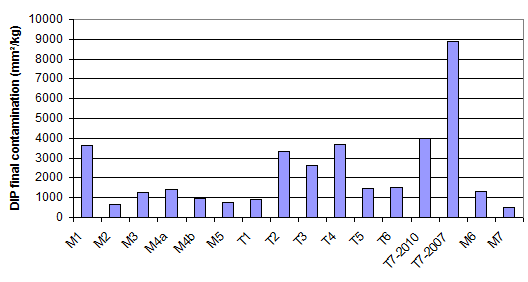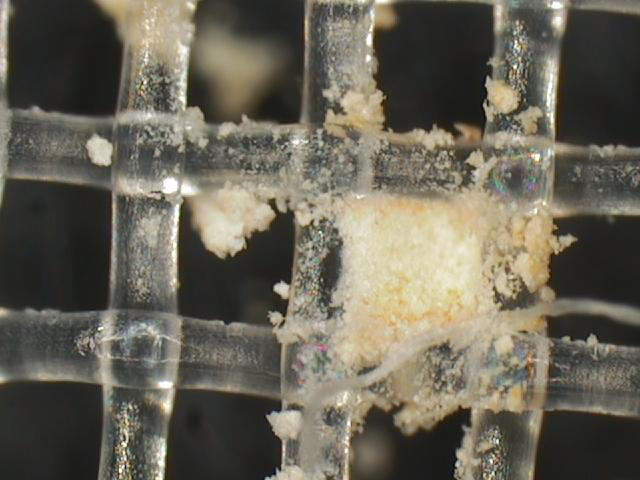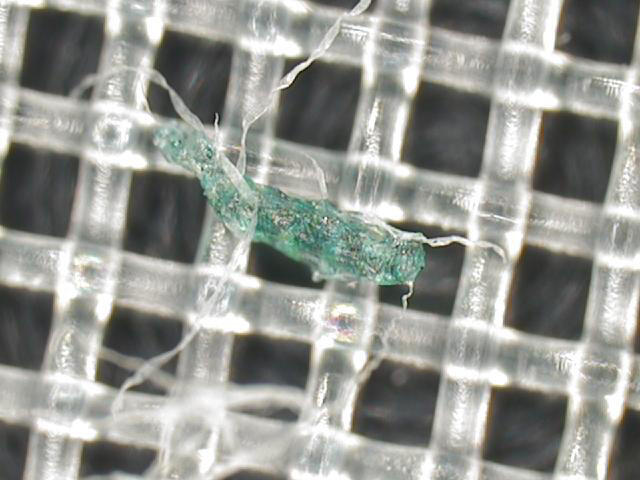
Controlling stickies
A stickies assessment can improve machinability
- Analysing stickies with specific methods
- Identifying the origin of disturbances caused by stickies
- Making recommendations to improve your processes by managing stickies
Generate Value...
If you are experiencing problems with stickies and finding them hard to solve, a stickies assessment may help you. You will see how the contamination at your mill relates to that at others with a similar output in our data base.
Identifying the type of stickies responsible for the problems will help you to choose the best way of overcoming them: improved screening or better management of the wet end - it all depends on the type of stickies involved.
Introducing the most appropriate facilities will help you to improve your productivity: less breakage and clogging, improvement in the appearance of the paper, etc.
A recent example:
Problem: marks in paper
Assessment: very high contamination by macro-stickies and identification of the contaminated stream
Solution: introduction of treatment for the stream
Result: less contamination.

Contamination by macro-stickies encountered in different paper mills
Context and performance
When a mill is faced with problems caused by stickies, it is often very difficult to determine the exact cause. Yet this is essential if the most appropriate corrective measures are to be taken.
The aim of the assessments we propose is therefore to identify the cause of the problem and then recommend effective ways of dealing with it.
To carry out this type of study, we need to have a flow sheet for your installation. You must then collect samples and send them to the CTP to be analysed.


Examples of stickies taken from deinked pulp lines
Content of services
A series of analyses to determine the type of stickies causing the problem:
- Macro-stickies are determined by using a laboratory screening method completed by stickies meaurement with adapted INGEDE method 4 or with our 3D-Stick (giving their chemical nature and morphological characteristics)
- In the case of micro-stickies and colloids, which cannot be recovered by screening, we use solvent to extract them from the various pulp fractions.
Delivrables
On conclusion of this work, you will be informed of:
- The overall level of contamination of your chain, which you can compare with that of other paper mills, while your results will be incorporated into our data base,
- The overall efficiency of your line in eliminating stickies,
- The efficiency of specific steps (fine screening, flotation, etc.),
- The type of stickies causing most of the problems,
- Recommendations, established on the basis of the results, to help you deal with the problems you are experiencing. Such recommendations can be associated with a study on our PS2000 Platform simulation in order to validate technical and economical interest for some of them.